Annual celebrated activity
Exploring the wild side, one pursuit at a time
Each year, FMC shines a spotlight on an outdoor activity that shares the spirit of exploration, companionship, and a love of nature. Launched in 2015, our Annual Celebrated Activity supports and promotes the chosen activity for a year from June onwards, helping clubs grow, reach new participants, and celebrate the joy of the outdoors.
Support can take many forms: from advice on governance and safety, to promotional articles, resources, establishment of new clubs and advocacy — all aimed at helping you and your club enjoy and grow your favourite outdoor activity.

Mountain Running 2025/26
Get your runners on! This year, we’re celebrating mountain running.

Paragliding and Hang Gliding 2024/25
In 2024/25 we celebrated paragliding and hang gliding — marking 50 years of free flying in Aotearoa. By partnering with the New Zealand Hang Gliding and Paragliding Association, local clubs and several articles in FMC’s Backcountry magazine, we introduced more of the outdoor community to the exhilaration of flight, highlighting the challenges pilots face under current law, and explored how FMC can support solutions.

Youth Tramping 2023/24
FMC believes young people are the future kaitiaki of our wild places. That’s why we put the spotlight on youth tramping and outdoor pursuits this year — encouraging, supporting and celebrating the next generation of backcountry explorers.



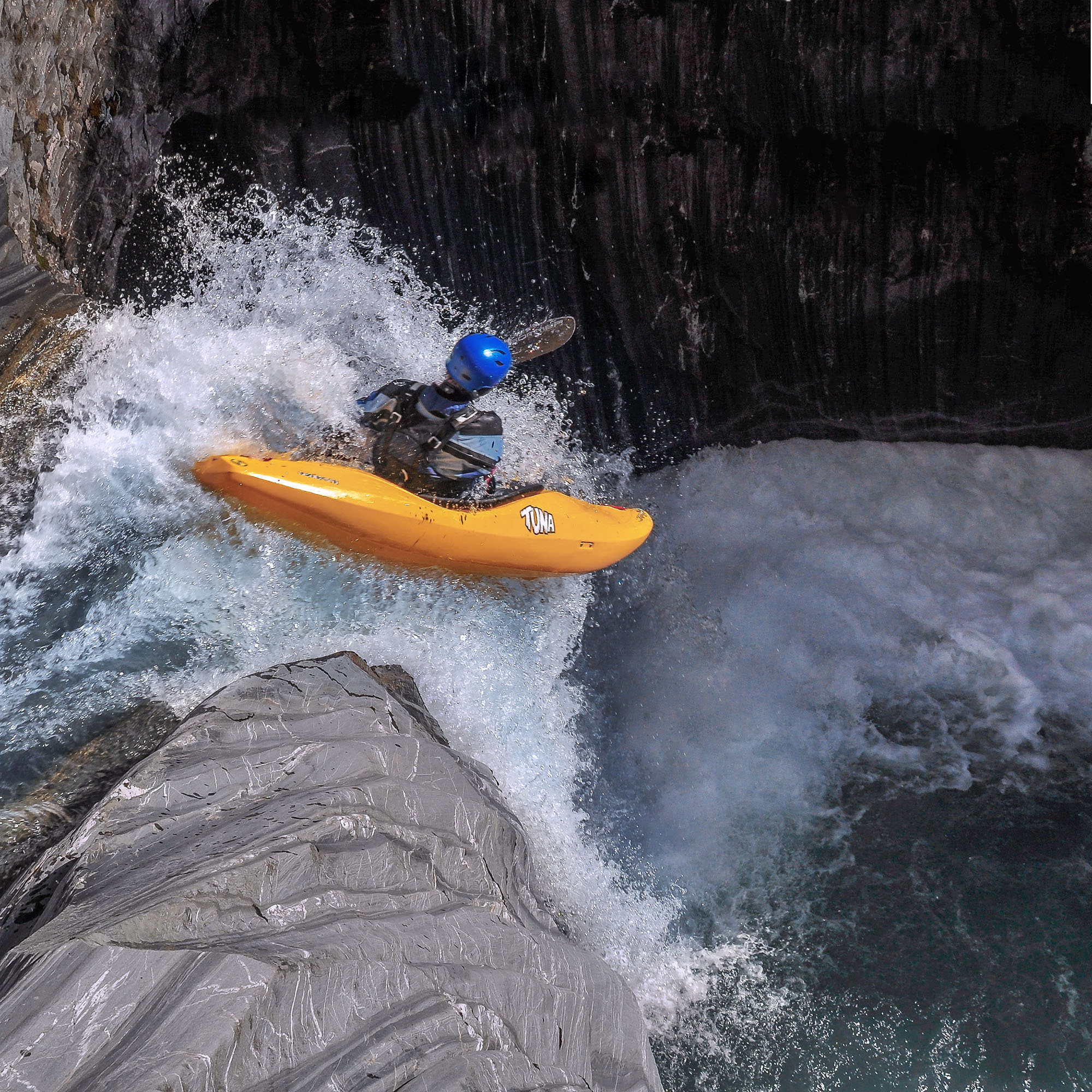


Whitewater Kayaking 2022/23
Whitewater kayaking opens up the backcountry in a whole new way — turning rivers into the path itself. FMC is committed to protecting these waterways, from pushing back on new hydro developments, to advocating for a Wild Rivers Park on the West Coast, and ensuring stewardship land reclassification delivers permanent protection. In 2022 we welcomed Whitewater New Zealand (WWNZ) as a member club, representing 15 kayaking and canoe clubs with around 1,000 members.
FMC continues the fight for rivers like the Waitaha and Griffin Creek.

Volunteering for Biodiversity 2021/22
As outdoor enthusiasts, we all share a stake in protecting the places and species we encounter. Beyond defending the backcountry from poor management or commercial threats, we can also help tackle nature’s biological challenges. Volunteering in conservation not only safeguards biodiversity but enriches our own experience in the hills. Many FMC clubs and members are already involved, and we’d love to see more of our community lend a hand. Together, we can protect the wild places we love while adding a new dimension of meaning to our recreation.

Bikepacking 2020/21
Done in the right places and with respect for the environment and others, bikepacking is a fantastic way to experience the outdoors. Think of bikepacking as “multi-day tramping on wheels.” From purpose-built rides like the Old Ghost Road, to old 4WD tracks and wide valleys, to the National Cycleways, Aotearoa is full of opportunities for two-wheeled adventures.
Find out more in 2020/21 issues of Backcountry magazine and our Wilderlife.nz blog for stories, articles and resources on bikepacking.

Family Tramping 2019/20
FMC believes every Kiwi kid should have the chance to experience the beauty, joy and challenges of the outdoors. Therefore in 2019/20 we focused on supporting families with young children (ages 0–8) to get out tramping.
Through stories, advice and resources on Wilderlife, we wanted to make it easier for families to head into the hills responsibly and confidently. Mountain recreation is a powerful way for tamariki to learn about risk, resilience and the natural world — skills that will serve them for life.
By supporting families during this campaign, we aimed to help grow the next generation of trampers and kaitiaki of our backcountry.

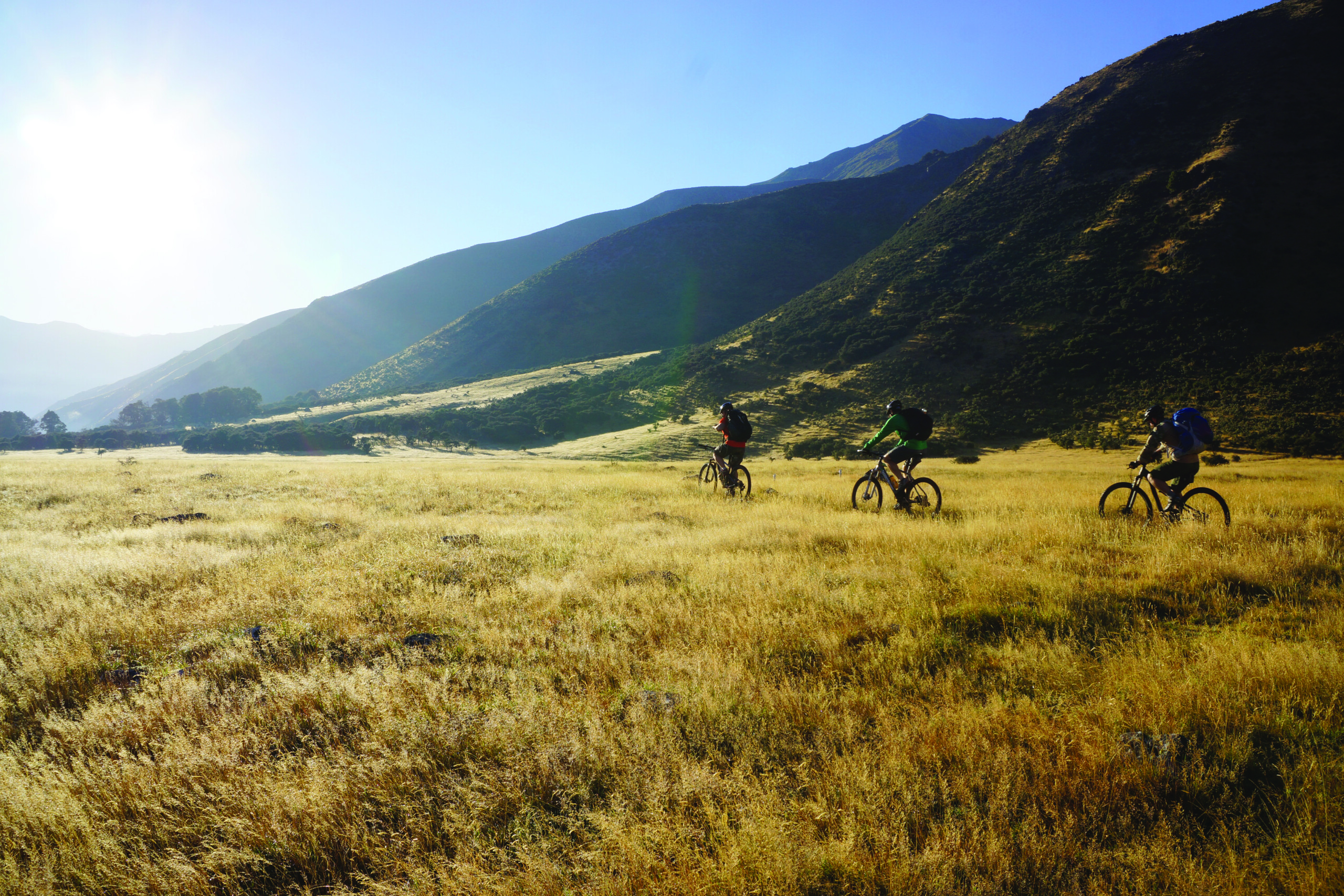
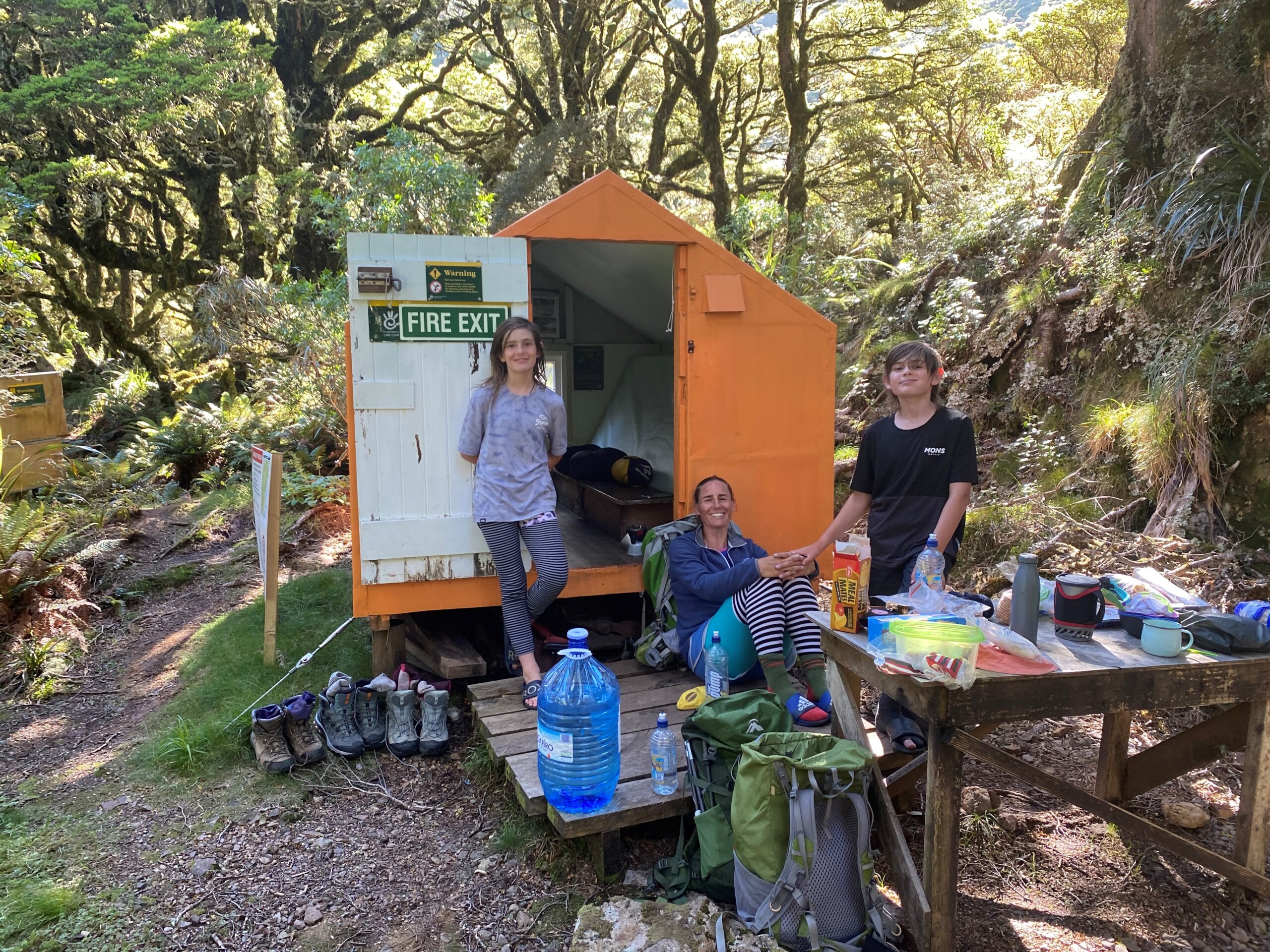
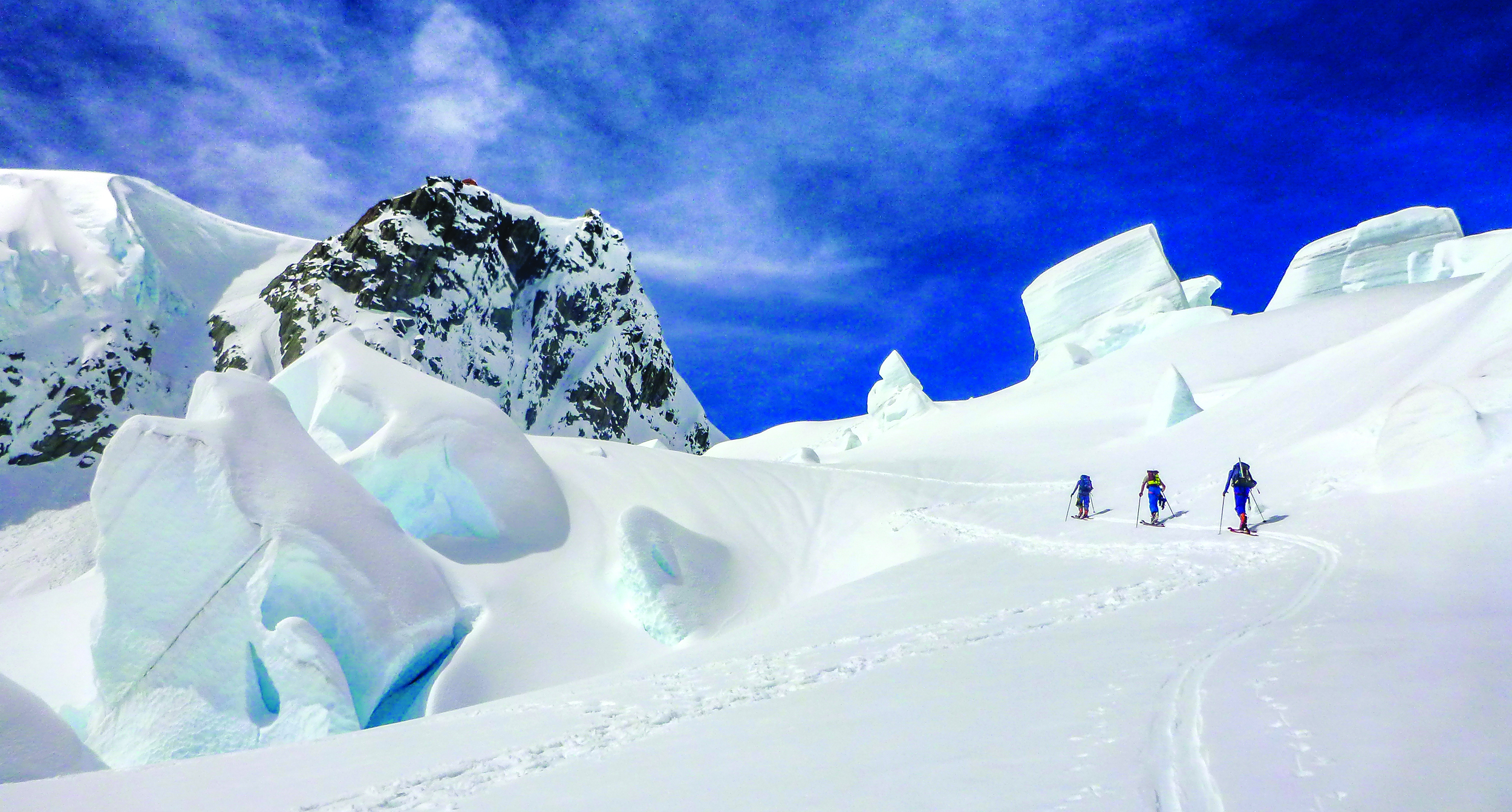
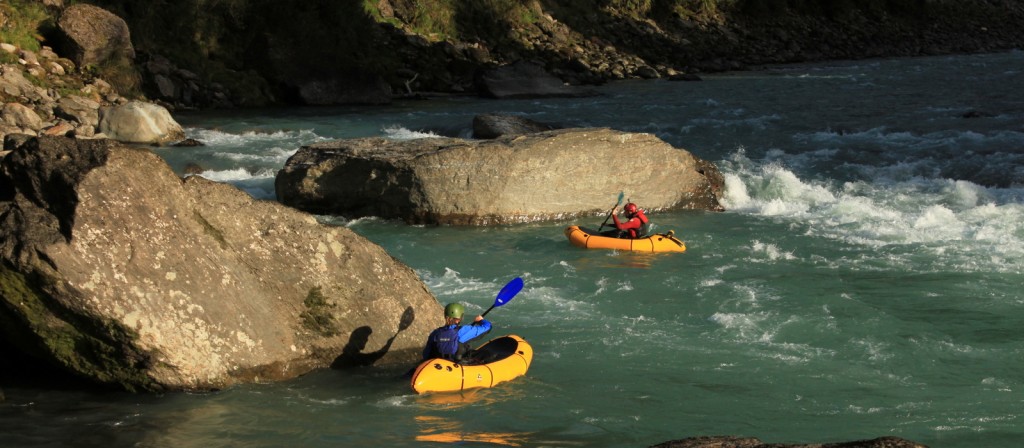

Ski Touring 2018/19
Ski touring may not be new, but it’s rapidly growing in popularity — and FMC wanted to help more people get involved. We encouraged anyone not already in a club to join the New Zealand Alpine Club, a local alpine or ski club, or become an FMC individual supporter.
To promote safe and responsible access we worked with NZAC and ski fields and developed Backcountry Ski Touring Guidelines.

Packrafting 2017/18
At the time this was a celebrated activity, packrafting was just starting to emerge in Aotearoa. FMC had been working with the packrafting community and Whitewater New Zealand to support the sport’s growth, including helping establish the Packrafting Association of NZ (PRANZ), creating their website and social media channels, and developing a training curriculum, safety code, and scholarships. PRANZ remains a successful and growing association, and is an FMC member club.

Adventure Navigation 2016/2017
Adventure Navigation covers a range of activities that involve moving through unknown terrain with a focus on challenge or competition, all requiring the use of a map. In 2016/17, FMC helped grow this community by launching a dedicated Facebook group with the NZ Rogaining Association and supporting the 50th TWALK — New Zealand’s oldest adventure navigation challenge — including the production of a film capturing its history.

Canyoning 2015/2016
Canyoning, the sport of descending streams by the most suitable means, ranges from easy walkable routes to extreme multi-pitch challenges. In 2015/16, FMC helped develop recreational canyoning in New Zealand by supporting the establishment of the New Zealand Canyoning Association, contributing to the production of the New Zealand Canyoning Guide by Daniel Clearwater, establishing a bolting fund for introductory canyons, and offering nine Canyoning Leader Scholarships to build leadership skills and safe practice among recreational canyoners.



